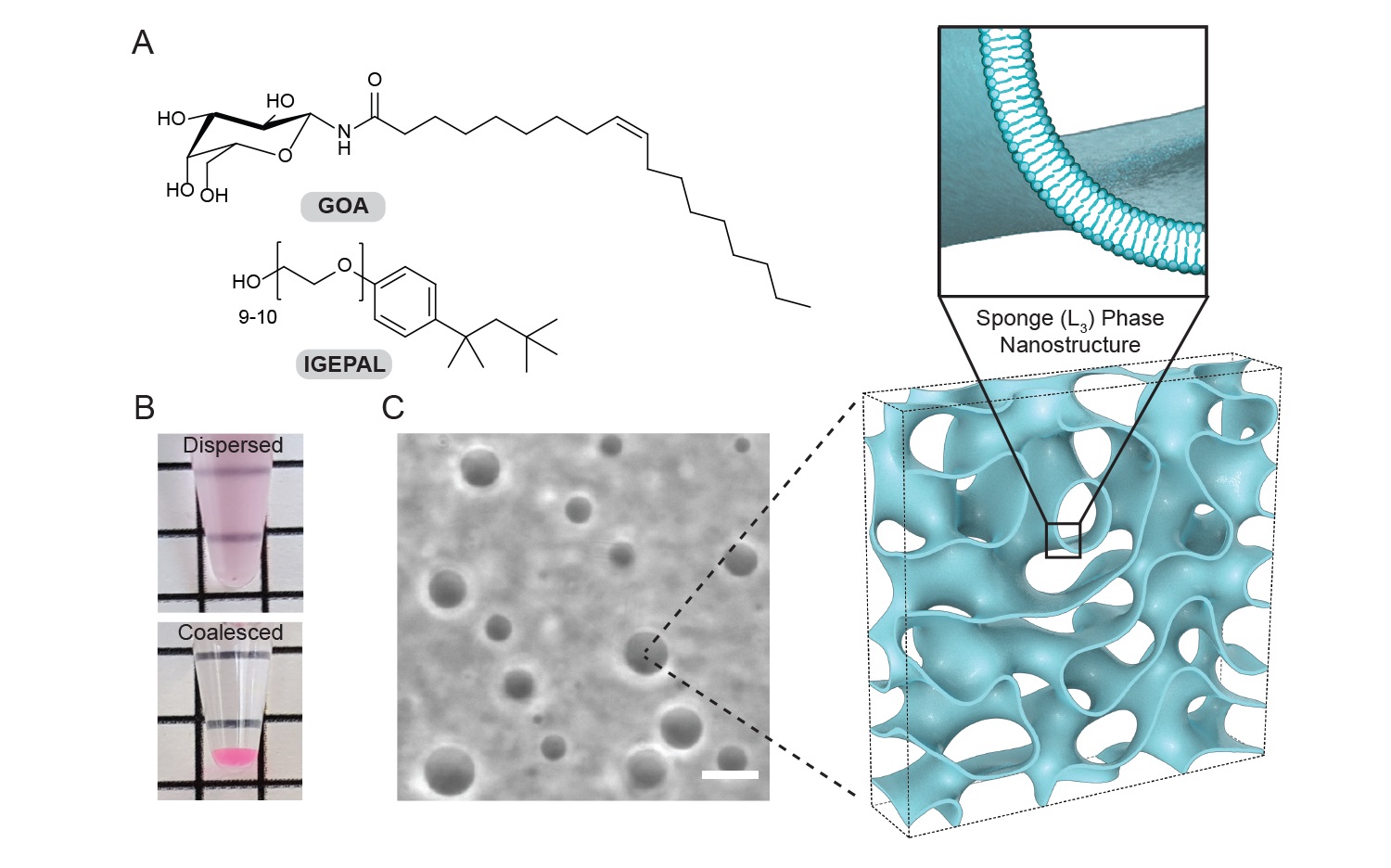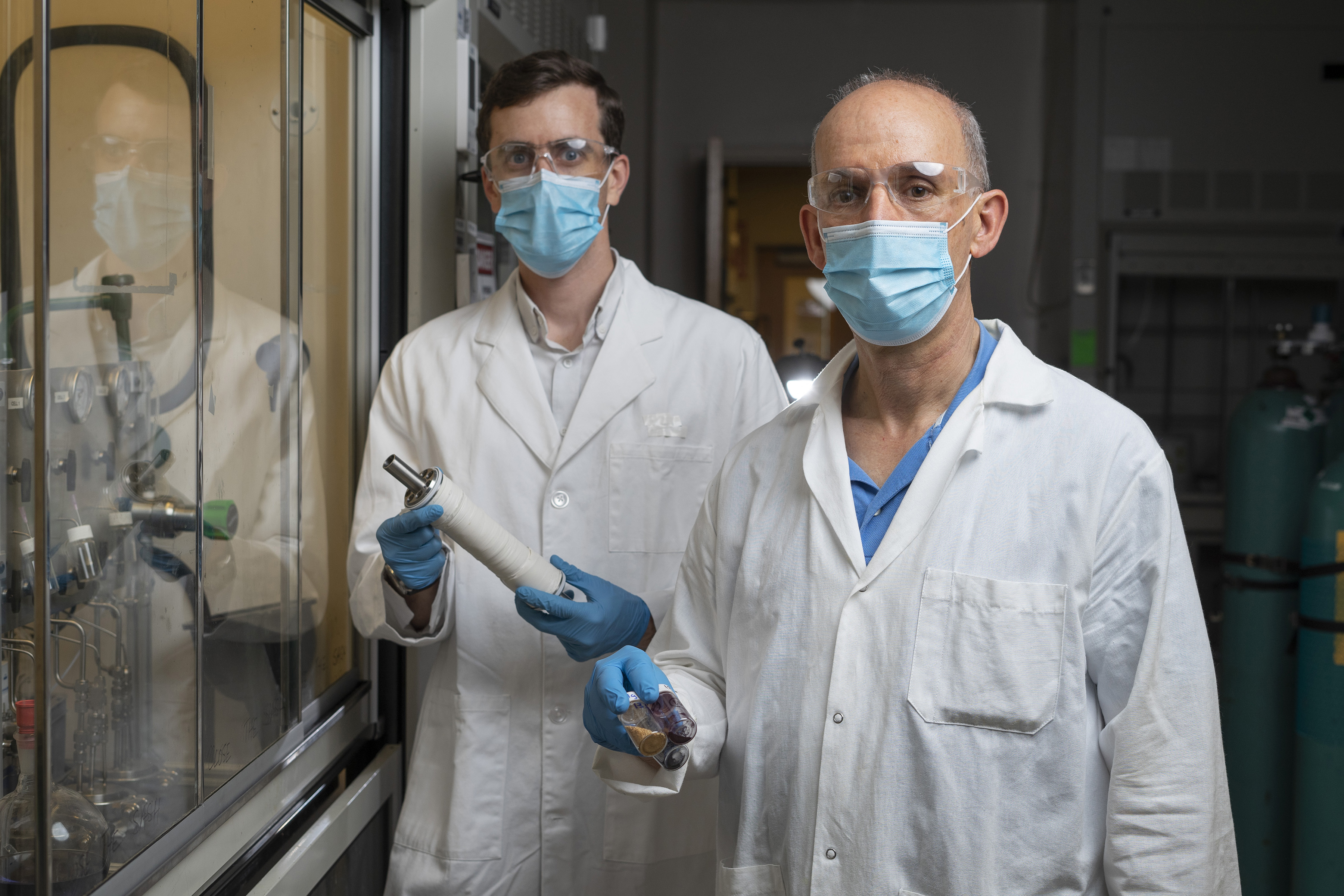ROCKVILLE, MD – The virus that causes COVID-19, called SARS-CoV-2, uses its spike protein in order to stick to and infect our cells. The final step for the virus to enter our cells is for part of its spike protein to act like a twist tie, forcing the host cell’s outer membrane to fuse with the virus. Kailu Yang, in the lab of Axel Brunger, colleagues at Stanford University, and collaborators at University of California Berkely, Harvard Medical School, and University of Finland have generated a molecule based on the twisted part of the spike protein (called HR2), which sticks itself onto the virus and prevents the spike protein from twisting.
Tag: Membrane
A Novel Strip Test Kit to Detect 5 Types of Prohibited Meat in Halal Food in One Go
An all-in-one Strip Test — a fast, easy and accurate test kit to detect the DNA of 5 forbidden meat in a single test is the latest innovation from the Chula Halal Science Center.

Scientists Team Up to Create Spongy Droplets that Mimic Cellular Organelles
Taking a bottom-up approach to synthetic biology, UC San Diego chemists and physicists show that lipid sponge droplets can be programmed to internally concentrate specific proteins, host and accelerate biochemical transformations and control enzymatic reactions.

Membrane Technology Could Cut Emissions and Energy Use in Oil Refining
New membrane technology developed by a team of researchers from the Georgia Institute of Technology, Imperial College London, and ExxonMobil could help reduce carbon emissions and energy intensity associated with refining crude oil. Laboratory testing suggests that this polymer membrane technology could replace some conventional heat-based distillation processes in the future.